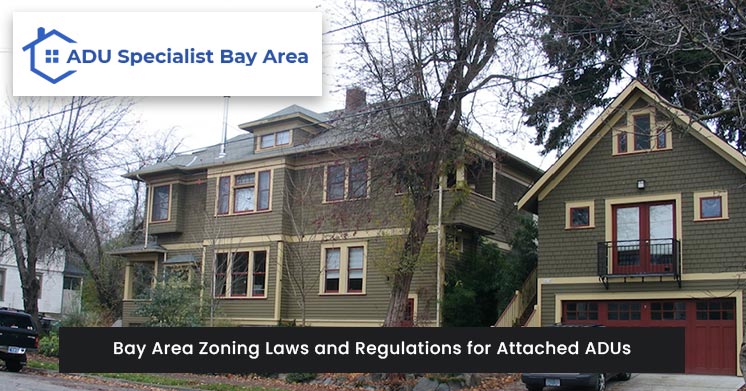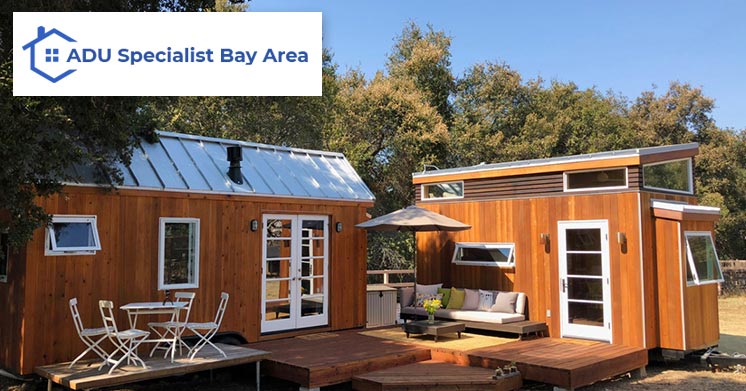- Call Free: 877-937-7970
The Bay Area zoning laws and regulations for attached ADUs have undergone significant changes in recent years, making it easier for homeowners to construct these units on their properties.

Here at ADU Specialist Bay Area website! We are dedicated to providing information and guidance on accessory dwelling units (ADUs) in the Bay Area. Today, we want to discuss zoning laws and regulations for attached ADUs in the Bay Area.
Zoning laws and regulations for attached ADUs in the Bay Area can vary depending on the city or county where the property is located. However, specific limitations generally apply to most areas in the Bay Area.
There are typically size and height restrictions for attached ADUs in the Bay Area. For example, in San Francisco, the maximum size of an attached ADU cannot exceed 750 square feet or 40% of the total living area of the primary dwelling, whichever is less.
Setback requirements are another essential consideration for attached ADUs. Setbacks are the distance between the structure and the property line. Most Bay Area cities have specific setback requirements for attached ADUs.
In some Bay Area cities, there are parking requirements for attached ADUs. For example, in Berkeley, an attached ADU must have one off-street parking space provided for the ADU in addition to any parking required for the primary dwelling.
In addition to meeting specific zoning requirements, an attached ADU project in the Bay Area typically requires a building permit and inspections. The permitting process and conditions can vary depending on the city or county where the property is located.

| Zoning Law/Regulation | Description |
| Minimum Lot Size | Specifies the minimum size a lot must be to construct an ADU. |
| Setbacks | Require a distance between the ADU, property lines, other structures, or the main dwelling. |
| Floor Area Ratio (FAR) | Limits the amount of floor area an ADU can occupy relative to the total lot size. |
| Owner-Occupancy | The owner must live on the property in either the principal dwelling or the ADU. |
| Rent Control | Regulates the amount of rent that can be charged for the ADU. |
| Building Code | Specifies the construction standards and requirements that must be followed for the ADU. |
At ADU Specialist Bay Area, we have a team of experts who can help you navigate the zoning laws and regulations for your specific location. We aim to help you create a legally compliant and functional attached ADU that meets your needs.
We understand that the process of building an ADU can be overwhelming, but we are here to help. Please explore our website or contact us directly for more information on zoning laws and regulations for attached ADUs in the Bay Area.
The idea is that requiring additional parking for the ADU will help mitigate the potential impact of an accessory dwelling unit on the availability of on-street parking for residents and visitors.
In the Bay Area, building permits and inspections for attached ADUs are typically handled by the local building department in the city or county where the ADU is located.
It depends on the specific zoning laws in your city. Some cities have minimum lot size requirements for ADUs, while others do not. An experienced ADU specialist can help you determine if your lot is eligible for an attached ADU and what restrictions or requirements may apply.
An off-street parking space for an attached ADU is a parking space that is located on the property where the ADU is found but is not located on the street.